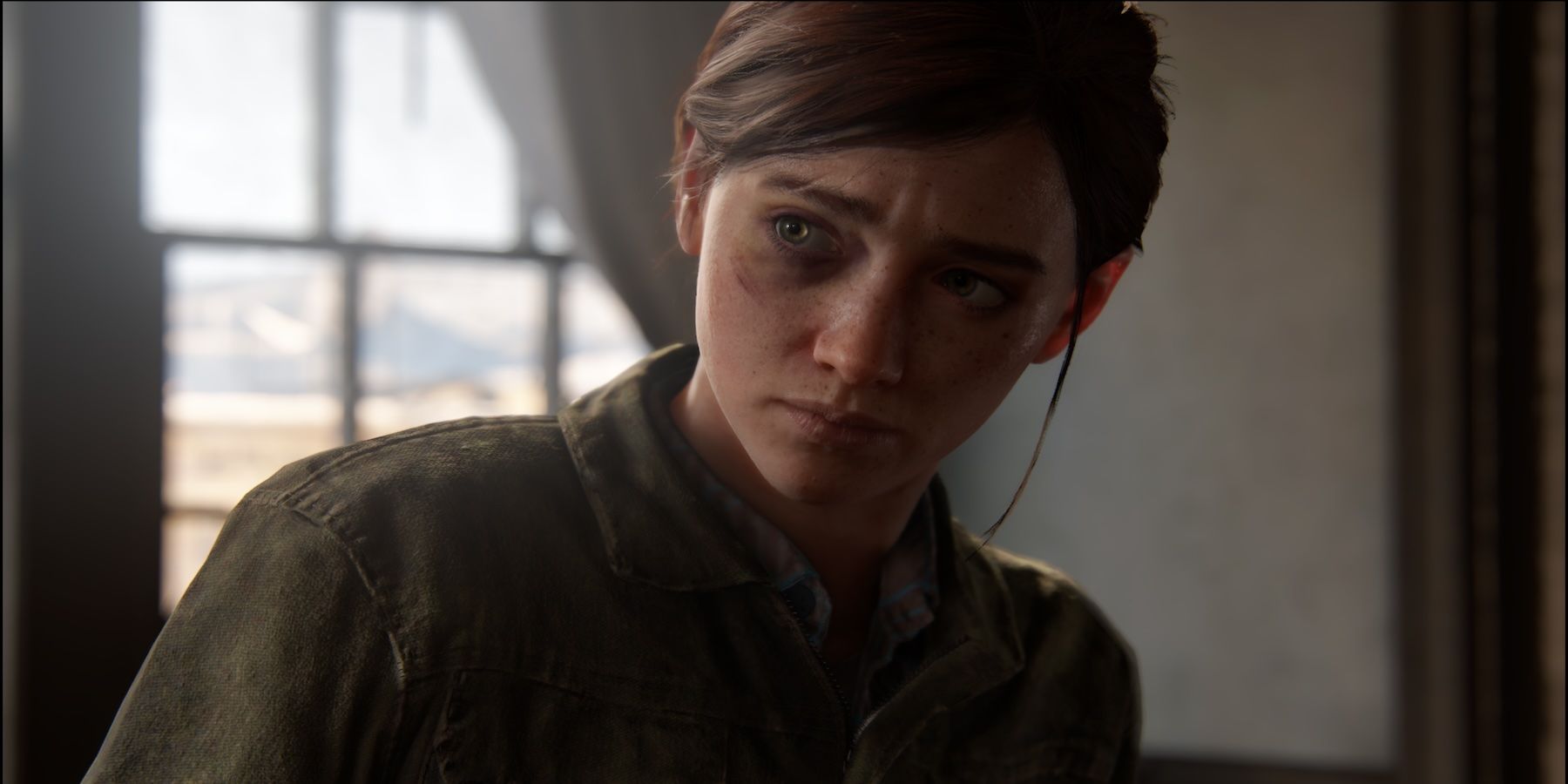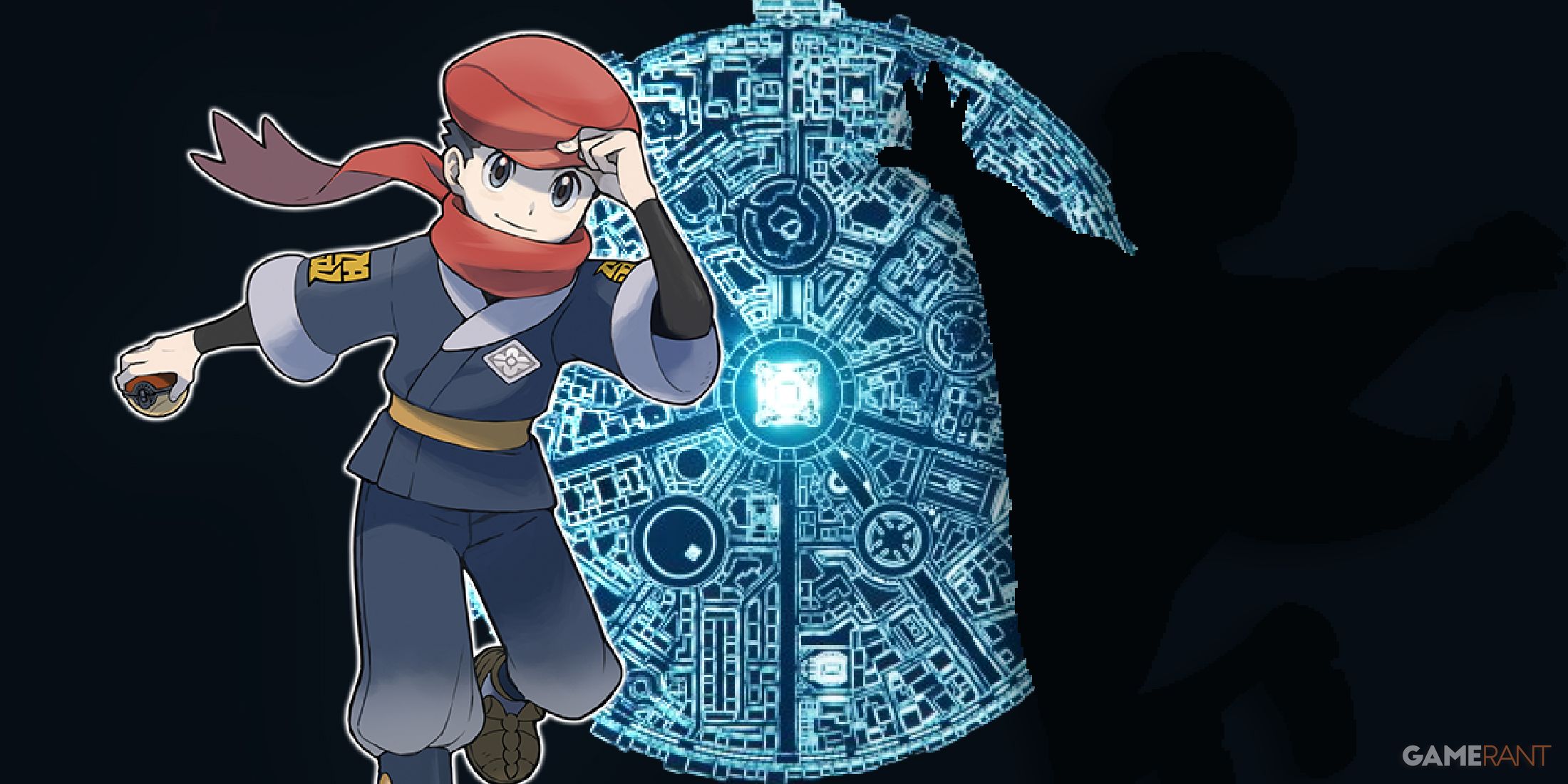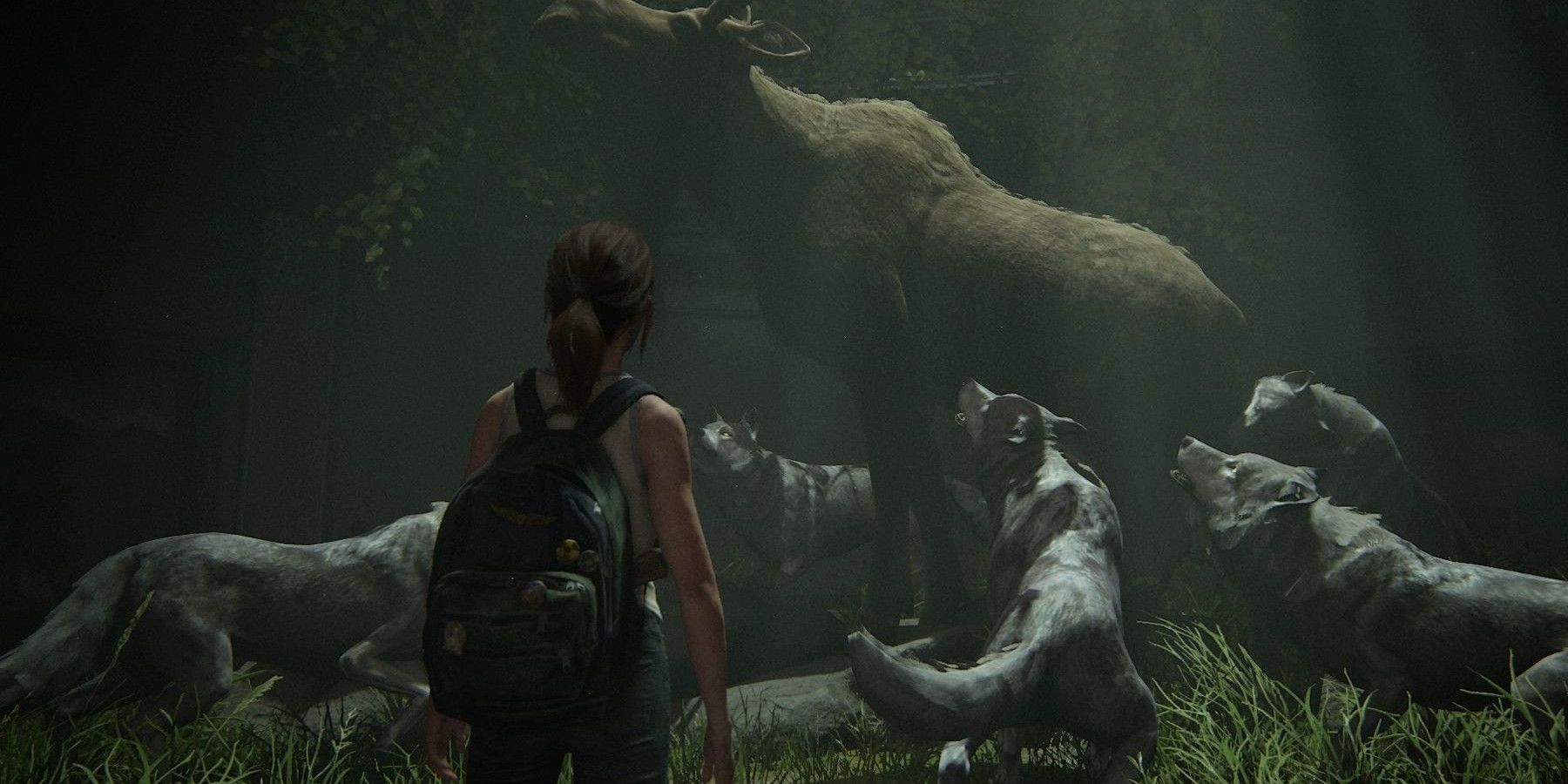The Last of Us Part 3 is likely on its way, although it will probably be some time until Naughty Dog releases any real info about the game. Creative lead Neil Druckmann has gone on record stating that he believes there’s “one more chapter” to the overarching The Last of Us story, and that he has formed a general idea of what a third game will be about.
What this general idea could be is anyone’s guess, though. According to Druckmann, the theme of the first Last of Us is love and how far someone will go to protect someone they care for, while the second game is about justice at any cost. These themes result in each game having wildly different stories, with the first Last of Us being about the pursuit of a cordyceps cure, which is subverted by the game’s twist ending. The second game eschews this hopeful notion of a cure entirely, but the third game could revisit the idea.

The Last of Us Universe Can Expand Into Uncharted Territory By Reviving a Factions Concept
The Last of Us' standalone multiplayer game may have been canceled, but it had several aspects that would translate well in a different medium.
The Last of Us Part 3: Using Animals for a Final Cure
Healthy Mammals Abound In The Last of Us
The cordyceps brain infection, or CBI, is a fungal disease that spreads from person to person through bodily fluids, or through airborne spores and ingestion. As expanded upon in the smash-hit Last of Us TV show, the game's creators were inspired by the real-life ophiocordyceps unilateralis fungus, which takes over the bodies of ants and turns them into 'zombies' that feed the fungus. In reality, this disease only affects ants, but clearly, a similar strain of fungus emerges in The Last of Us that can infect humans. Whether this strain is only tangentially related to the fungus that affects ants or is a direct mutation of real-world cordyceps, the story establishes that a new form of cordyceps can emerge and spread to different species.
If codyceps jumped from one species to another, it could conceivably do so again, but the series makes it clear that other mammal species are not in danger of infection. The Last of Us' famous giraffe scene drives home the fact that non-human animals are not only unaffected by the disease, but thriving. The Last of Us 2 features a similarly poignant, animal-centric scene, wherein Abby's dad frees a zebra trapped in barbed wire. There are a number of ways to interpret these moments, but it's interesting to note the series' apparent focus on the state of animals in the post-apocalypse.
Many other zombie outbreak stories, including Resident Evil and I Am Legend, feature zombie animals like dogs and bears, signifying that these viral infections don't discriminate based on species. The Last of Us placing such an emphasis on animals, even outside its iconic giraffe and zebra scenes, may be Naughty Dog's way of hinting at an important role that non-humans will play in the future. Perhaps the secret to a cure lies in the biology of some other mammal.
Zombie media tends to steer clear of definitive cures, since they lead to interesting stories, but they're also a bit cliche at this point. The Last of Us has done the 'humans are the real monsters' trope enough—it should move into more hopeful territory in Part 3 .
The Last of Us 3 Should Have Some Hope
For several reasons, The Last of Us 2 is a bleak game. It's filled with death, disappointment, and disillusionment, and even the ending, which sees Ellie find some semblance of closure, is still depressing, as she is left alone and missing two fingers. If The Last of Us 3 is going to be the final chapter of the story, it shouldn't just rehash these old themes of violent cycles, vengeance, and hatred, but instead show a real path forward for humanity. A cure, stemming from animal research or not, would be a good way to do this.




